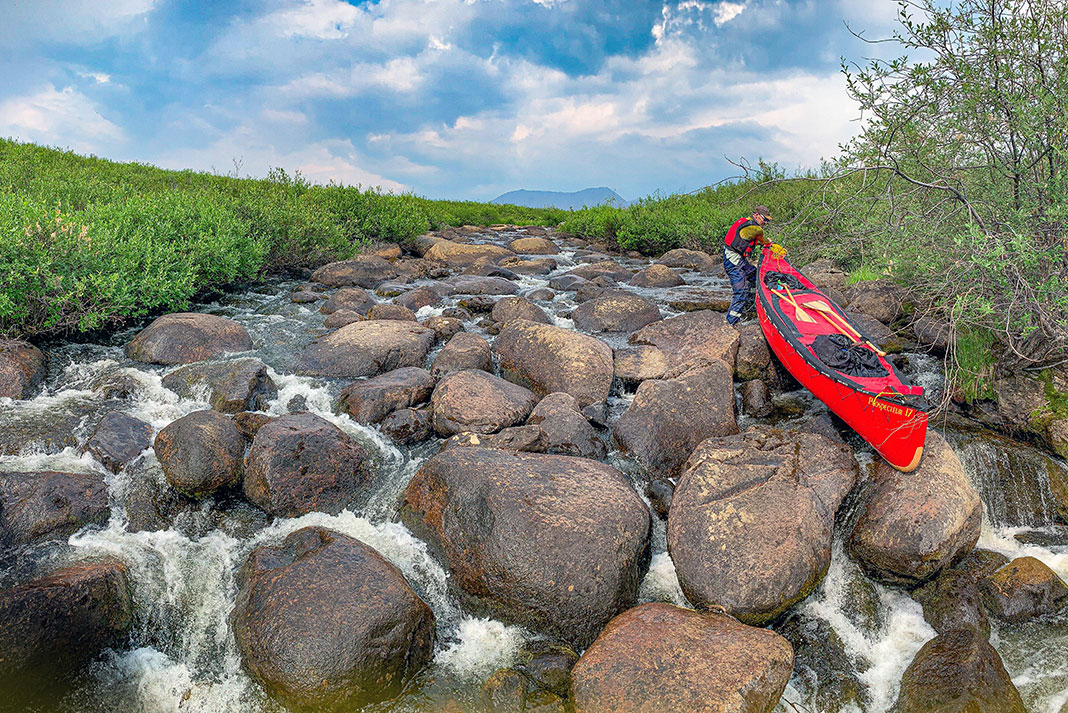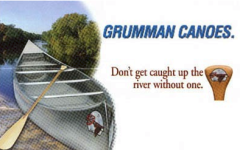Is any composite canoe really durable enough to be pulled up a bony creek for several miles?
does anyone have thoughts as to the best hull layup for "dragging" through portages excluding aluminum or Royalex due to weight.
We've had these questions in two threads recently, which I recalled when I saw this picture:

Some people such as @Alan Gage have commented that composite and cedar strip hulls are tougher than many people expect, and @Patrick Corry has reported dragging his wood/canvas canoes on portages. The canoe in the picture above happens to be T-Formex, and the arctic trip is described in this article:

The Opening Gauntlet: Arctic Expedition Gets Off To Rocky Start
A washed out road and last-minute bush plane drop led to a strenuous start for this ambitious 1,300-kilometer journey to the Arctic Ocean.
Any other experiences, thoughts, opinions or wild guesses about the drag-ability of various hull materials?

